ESA Astronomy Archives User Survey

Do you use any of the ESA Astronomy science archives or ESASky? If yes, we are looking for your feedback!
We are conducting a short survey in an effort to ensure that the Astronomy community are provided with the best possible services from the ESA Astronomy science archives.
We would therefore be very grateful if you could spend a few minutes of your time filling in the survey,
which includes questions on the archives of EXOSAT, Gaia, Herschel, HST, ISO, Lisa Pathfinder, Planck, and XMM-Newton, and on the ESASky tool.
The survey should not take more than 5 minutes to complete and at the end there are optional free text questions where you can provide us with more detailed feedback.
The results from the survey will be summarised online.
They will be used to better understand the needs of the community and to improve our archives and long-term strategy accordingly.
Image: Pixabay

This release contains the most recently calibrated files of the SUMER experiment, as well as mission-long calibrated files for several instruments.
Full story
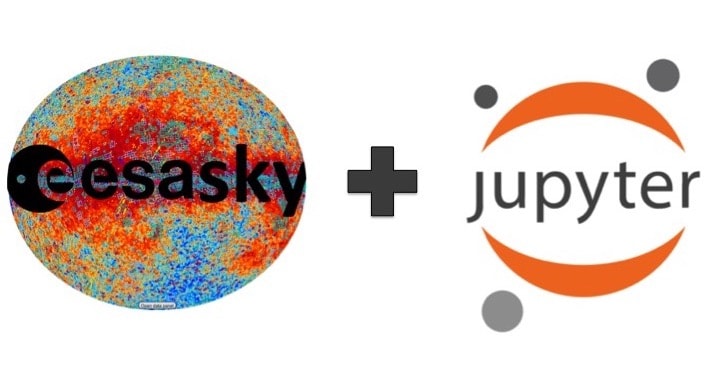
The widget allows scientists to work with ESASky within Jupyter, and it offers them the possibility to add their own data.
Full story

It is now possible to query tables from an external TAP service and work with them within the archive user space.
Full story
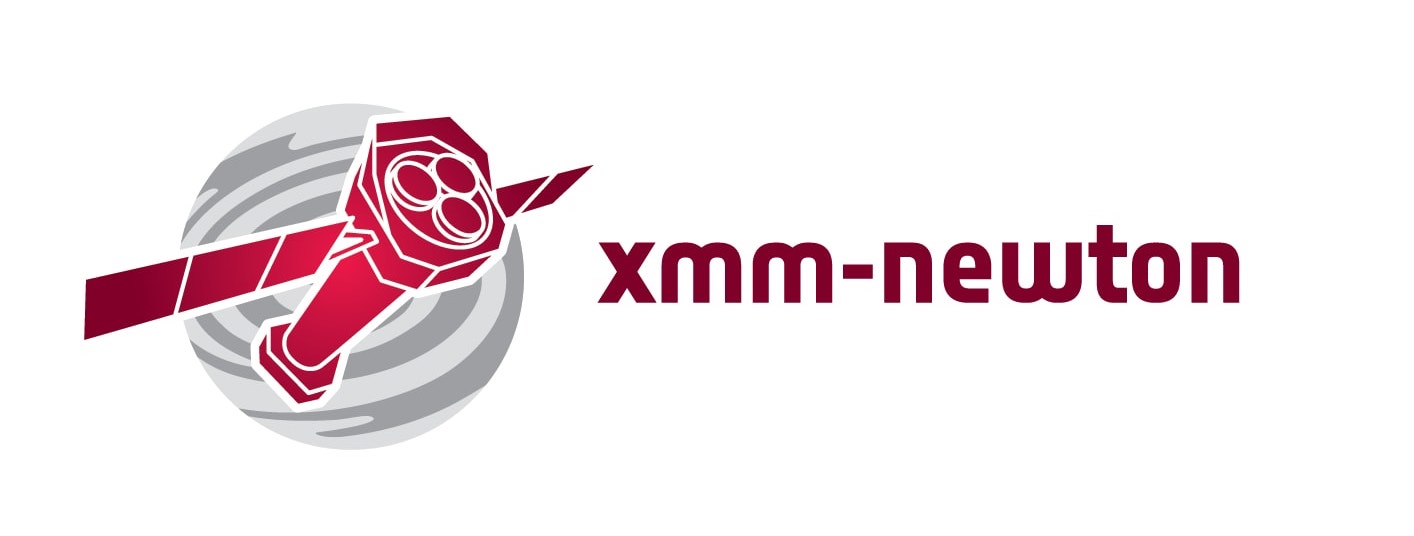
The new functionality allows users to plot RGS fluxed spectra of selected observations and to perform a first diagnostics of the data.
Full story
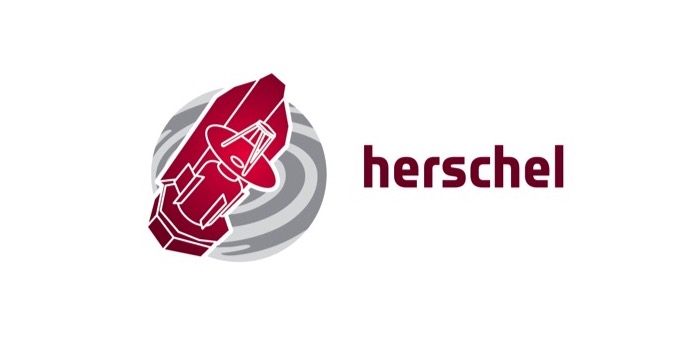
The catalogue provides continuum fit parameters for both low and high-resolution observations, as well as detected line features for high-resolution observations.
Full story
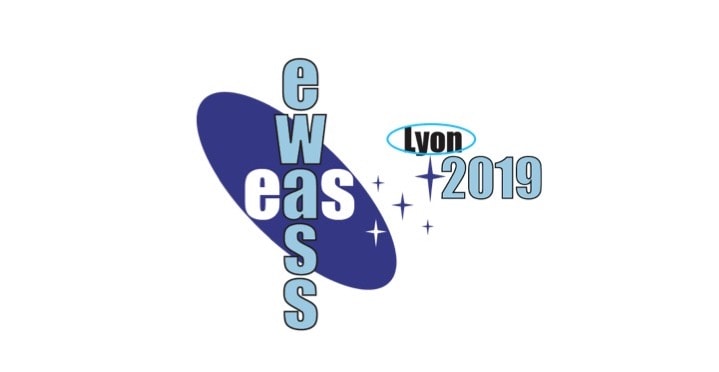
The session will take place on Wednesday, June 26. It will cover the status of the archives and other ESDC services, as well as the long-term strategy.
Full story
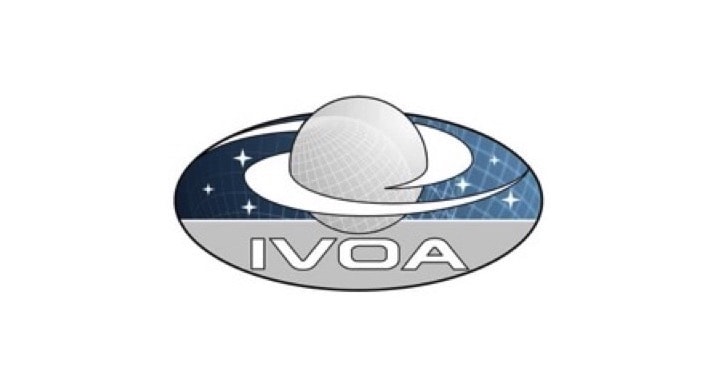
Members of the ESDC presented recent work on ESASky and pyESASky, and Gaia and Euclid data exploitation plans, among other topics.
Full story
Newly calibrated SUMER data available in the latest version of the SOHO Archive
By A. Masson, B. Fleck, M. Fernández & P. Osuna
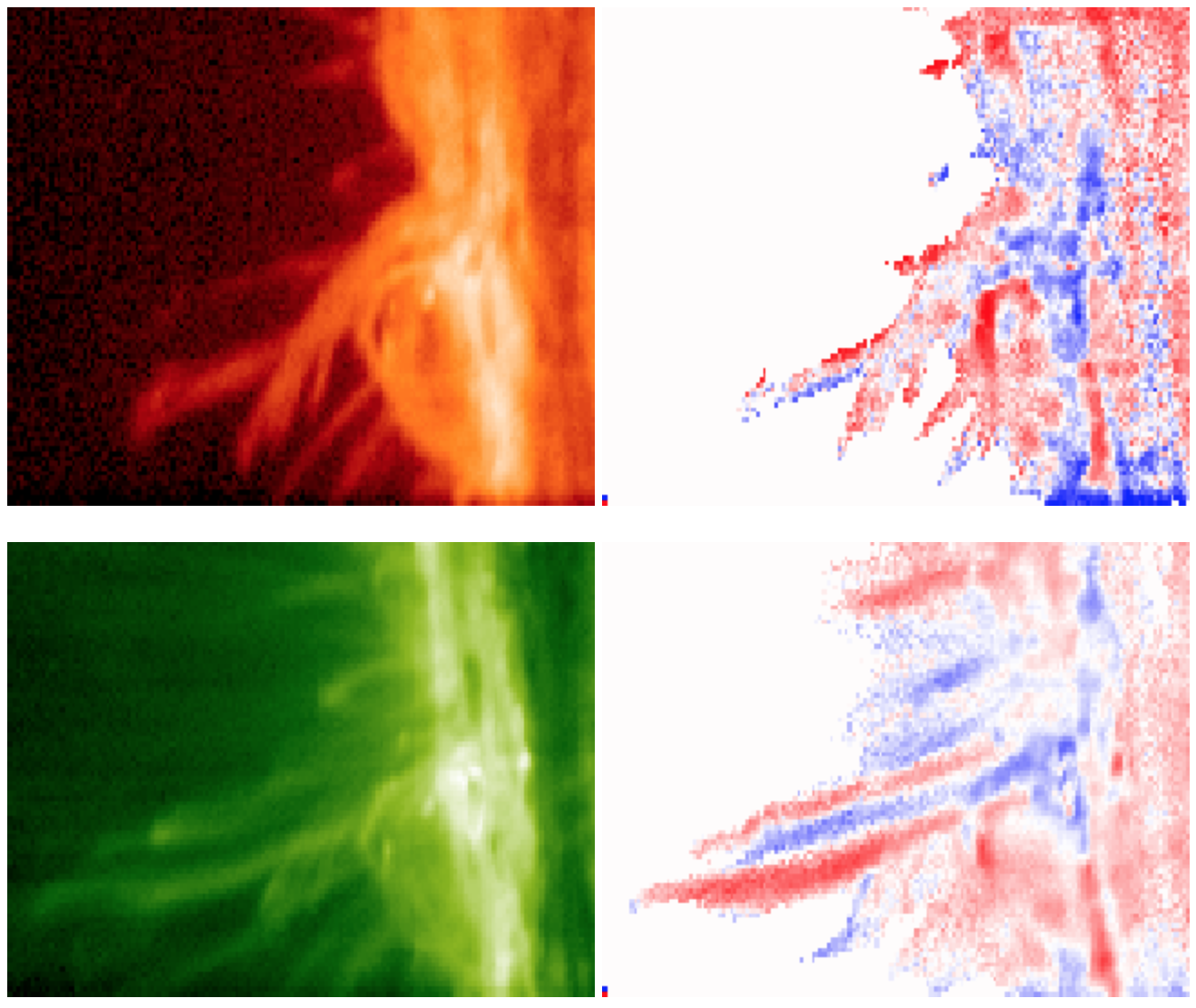
The Solar Ultraviolet Measurements of Emitted Radiation (SUMER) instrument on SOHO
was designed to study plasma densities, temperatures, flows, turbulence and wave motions in the solar atmosphere,
by measuring profiles and intensities of extreme ultraviolet (EUV) lines emitted in the chromosphere, transition region and corona.
The SUMER instrument was switched off on 4 April 2017 after its detectors had reached end of life.
The SUMER team from the Max Planck Institute for Solar System Research in Göttingen, Germany,
has reprocessed all SUMER observations.
The complete set of SUMER data is now available in the latest release of the SOHO archive at ESAC (version 2.7.2),
both as level-0 (raw) and level-1 (calibrated) files.
This new archive version also contains mission-long calibrated files from the CELIAS Proton Monitor and CELIAS Solar EUV Monitor (SEM),
COSTEP/EPHIN proton and helium flux data,
GOLF full disk Doppler velocity measurements,
and VIRGO Total Solar Irradiance (TSI) data.
Images: MPG/MPS
pyESASky: An ESASky widget for Jupyter
By F. Giordano, M. López Caniego & M. Wångblad
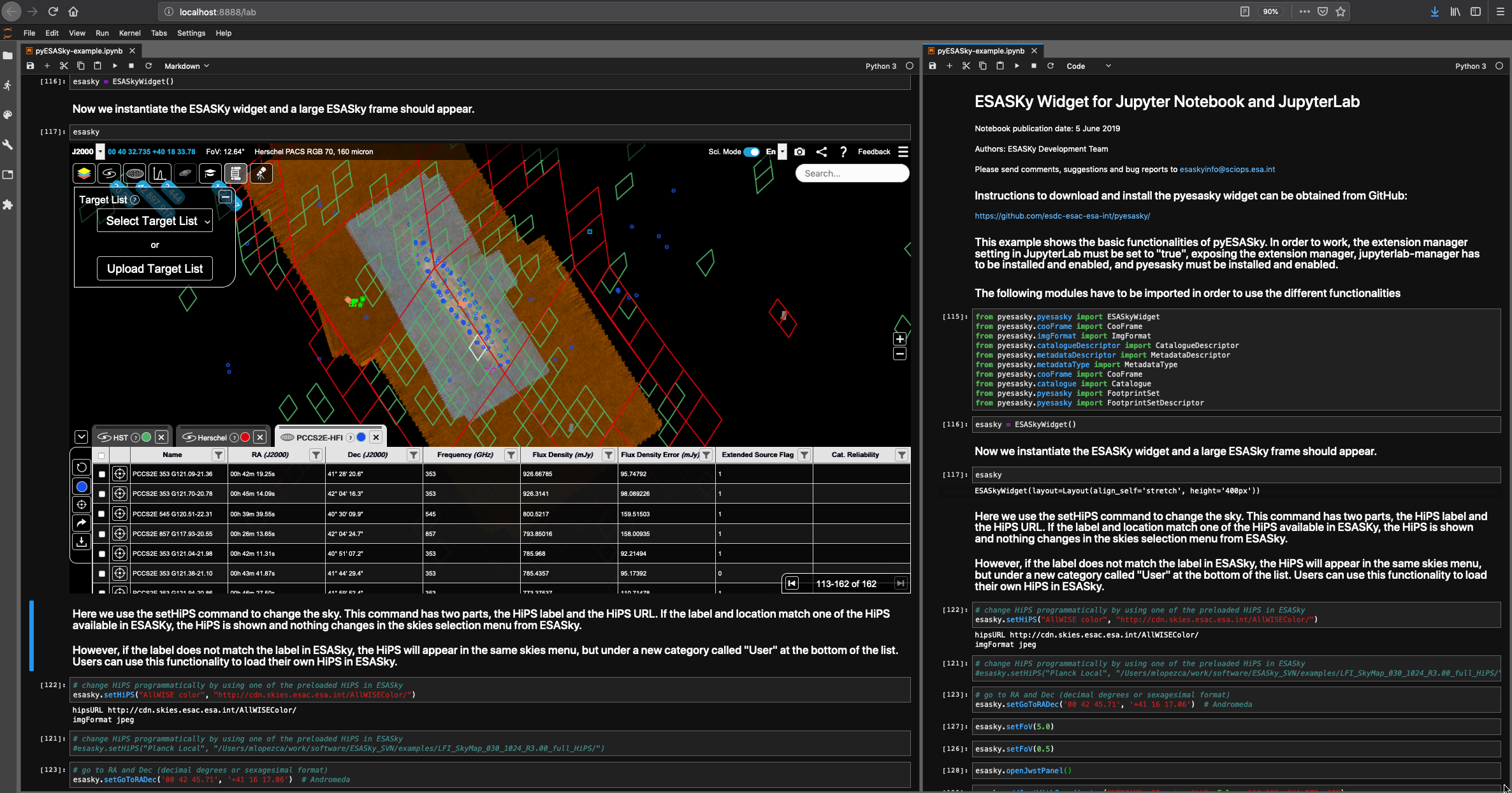
ESASky allows scientists to explore large collections of astronomical data with the click of a button.
At the same time, Jupyter Notebook and, more recently, JupyterLab provide the framework for quick and effective manipulation, visualisation and analysis of datasets.
To take advantage of both tools, at the ESDC we have developed pyESASky, a Jupyter Widget for ESASky.
This is a library that allows scientists to interact with ESASky within Jupyter,
and to overlay their own data on ESASky, from catalogues to HiPS.
The library, still a beta version, can be obtained from GitHub.
Installation instructions and some sample notebooks are also included in this distribution.
Interested users are invited to test the widget and provide us feedback via the ESASky UserEcho forum.
Images: ESA/ESDC
Working with external tables in the Gaia Archive
By B. López Martí & J. C. Segovia

Since May 2019, scientists wishing to combine data from the literature or from other data providers
with the catalogues hosted in the Gaia Archive have a faster and more efficient way to do so:
It is now possible to connect to an external data server from inside the Gaia archive,
query the tables hosted in it and work with them within the user’s personal space.
The only condition is that the server is compliant with the Table Access Protocol (TAP) standard,
a Virtual Observatory (VO) protocol for accessing general table data, including astronomical catalogs as well as general database tables.
Access is provided for both database and table metadata as well as for actual table data.
Tables from external TAP queries are stored in a different workspace in the archive,
where the user can manipulate them with ADQL queries as they would do with any table directly hosted in the archive.
The tables resulting from these jobs can also be uploaded, if wanted, as new user tables in the user’s Gaia workspace.
To learn more, watch this video tutorial or refer to the Gaia Archive help.
Users needing support to get started with this functionality can contact the Gaia Archive team via the Gaia Helpdesk.
Images: ESA/ESDC
New spectra visualiser in the XMM-Newton Science Archive
By N. Loiseau, E. Colomo, B. López Martí, L. Ballo & R. González
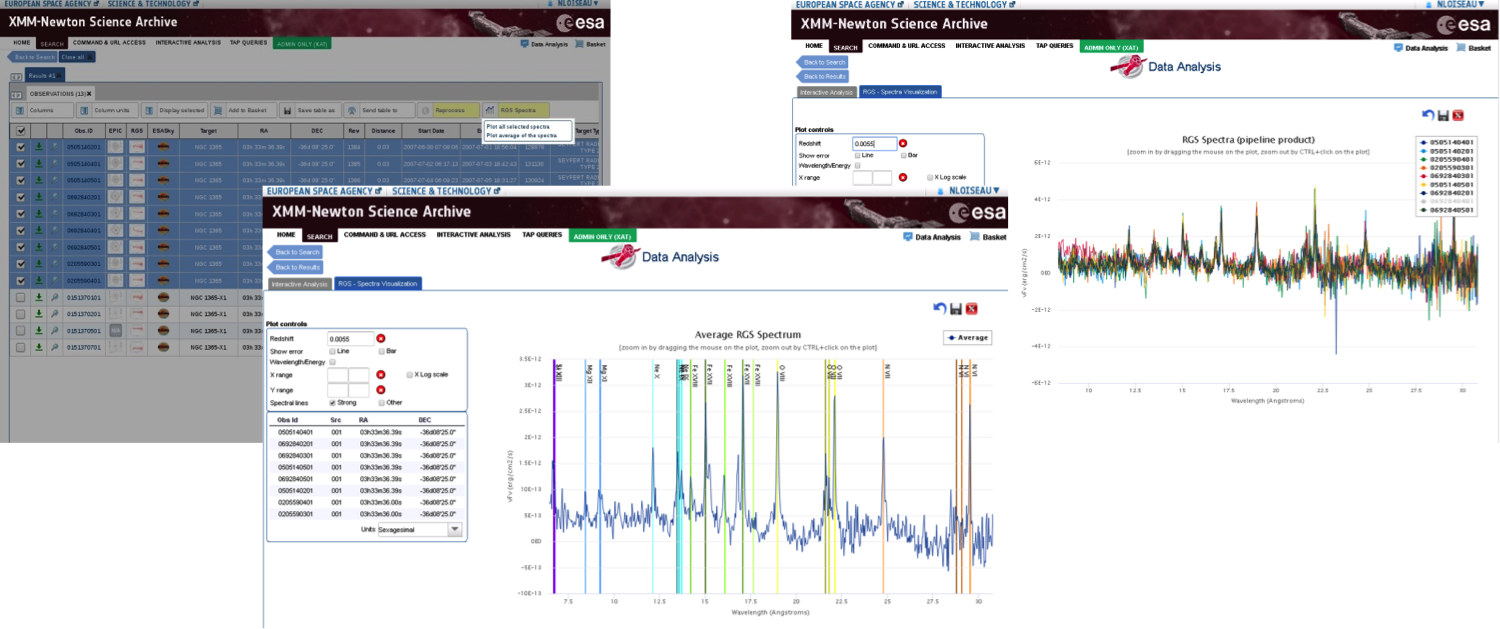
The latest version of the XMM-Newton Science Archive (XSA v11.2) was released on May 27, 2019.
From the user’s point of view, the most remarkable improvement of the last versions is the spectra visualiser,
which allows users to plot all or the average of the Reflection Grating Spectrometer (RGS) fluxed spectra of selected observations.
It is also possible to apply a redshift correction to the wavelength or energy scales,
in order to visualise the spectrum in the rest frame,
and to overlay two predefined sets of spectral lines on top of the displayed spectra.
Users can access this functionality by clicking on the “RGS spectra” button in the Results table,
or by clicking on the “Data Analysis” button in the RGS Postcards.
This and other XSA features are demonstrated in this short video tutorial.
If you have suggestions or need support, please contact the XMM-Newton Helpdesk.
Images: ESA/ESDC
The Herschel-SPIRE Spectral Feature Catalogue
By I. Valtchanov, L. Spencer, J. Scott & C. Benson

The Spectral and Photometric Imaging Receiver (SPIRE) Imaging Fourier Transform Spectrometer (IFTS) on board the Herschel Space Observatory (Herschel)
collected a wealth of spectroscopic data exploring the far-infrared (FIR) during its four years of cryogenic operation from 2009-2013.
Providing the first unfettered access to the full FIR spectrum, these data are available in the Herschel Science Archive (HSA).
The broad-band full FIR spectral coverage at high (1.2 GHz) and low (25 GHz) spectral resolution provided by the Herschel-SPIRE IFTS
offers potential for much more scientific discovery with the unparalleled data freely available to the community and public.
The SPIRE Automated Feature Extraction Catalogue (SAFECAT) has been produced with the Feature Finder engine:
an automated spectral line fitting routine which detects significant spectral features within SPIRE spectra.
It provides continuum fit parameters for both low and high-resolution observations,
as well as detected line features with their observed frequencies and signal-to-noise ratios (SNR) for high-resolution observations.
The catalogue also provides 'postcards' for both sparse and mapping observations
illustrating the spectral features found and their respective SNR, as well as radial velocity estimates.
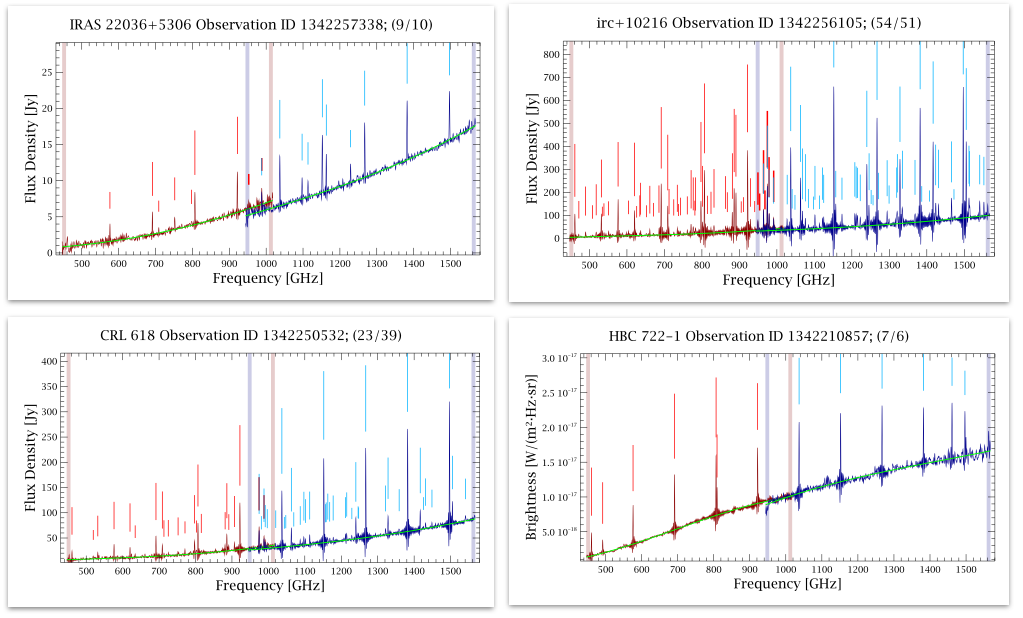
The feature finder routine shows 100% completeness for features with |SNR| ≥ 10 and 50-70% completeness down to |SNR| ≥ 5,
with negative SNR indicative of absorption features.
The full catalogue contains 167,525 spectral feature identifications at |SNR| ≥ 5 from 641 sparse and 179 mapping observations made with SPIRE.
For more details, read the catalogue's Release Note.
Images: ESA/Herschel SOC
Join us at the ESA Archives Lunch Session at EWASS!
By G. de Marchi, D. Baines & B. López Martí
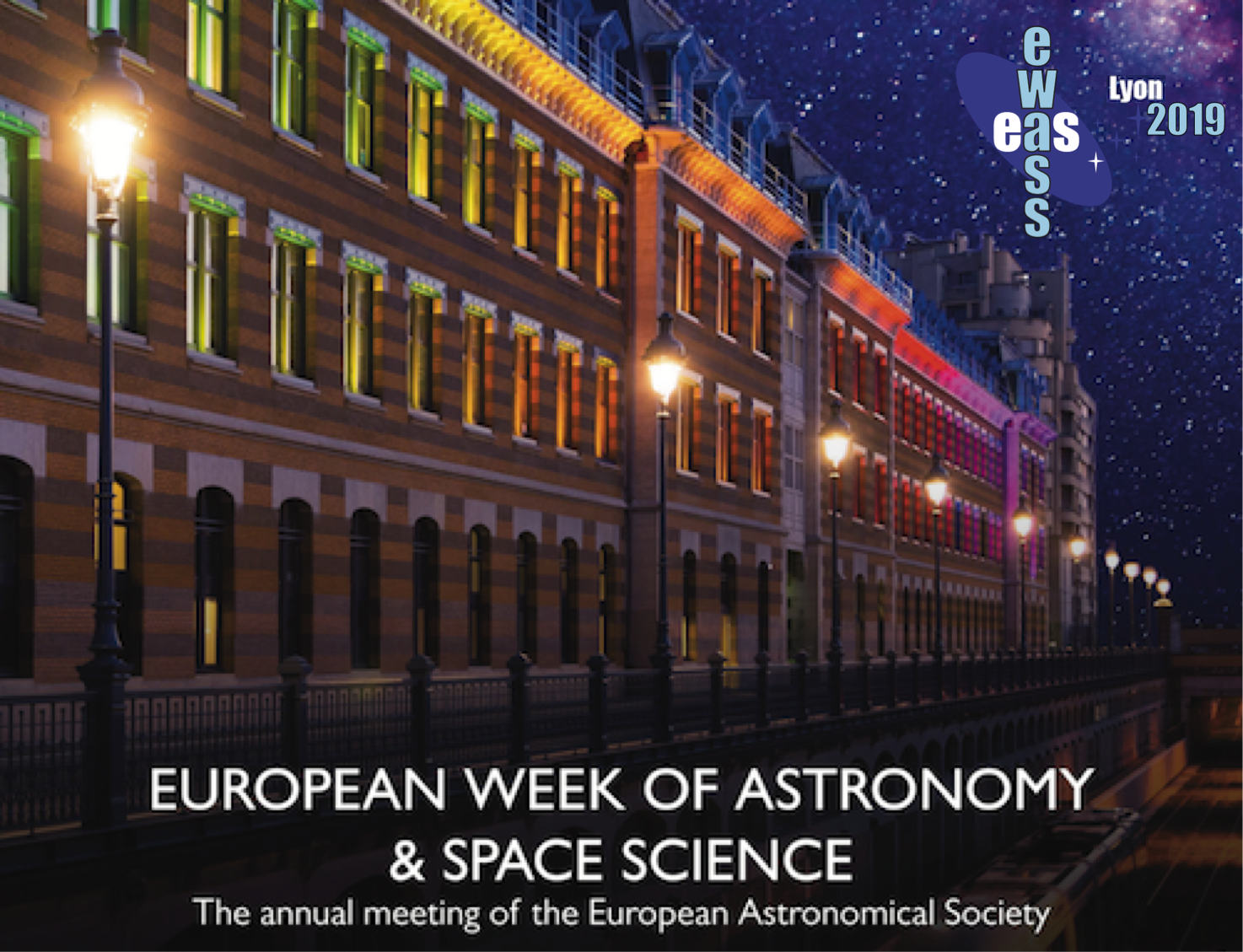
The next European Week of Astronomy and Space Science (EWASS),
the annual meeting of the European Astronomical Society (EAS),
will take place in Lyon from June 24 to 28, 2019.
Astronomers from all over Europe will gather to present their recent scientific work
and to learn about the status of the different fields of Astronomy and Space Science in a number of symposia and parallel sessions.
Other interests and concerns of the scientific community,
such as future instrumentation and facilities, astronomical education and outreach,
or policies for inclusion of women and minorities, will also be discussed.
Members of the ESDC will conduct a Lunch Session devoted to the ESA Science Archives on June 26.
The session will cover the current status of the archives, the new analysis and research tools and services that they offer, and the long-term strategy.
During the session, ESDC members will also provide demos on how to seamlessly explore and compare the content of the archives with ESASky
and on how to start scientific investigations using Python tools and Jupyter notebooks.
Ample time will be allocated for discussion.
There will also be chances to meet the ESDC members at the ESA booth,
where attendees can ask for a personalised demo of any of our services.
We hope to see you in Lyon, and look forward to all your inputs and feedback!
Image: EWASS 2019
The ESDC at the Paris IVOA Meeting
By D. Baines

The International Virtual Observatory Alliance (IVOA) is a worldwide organisation aimed at enabling global and integrated access to astronomical data.
It achieves this by debating and writing the technical standards and protocols that are needed to make the Virtual Observatory (VO).
–the vision that astronomical datasets and other resources should work as a seamless whole– possible.
Members of the ESDC, representing ESA, have been involved in the IVOA since it first formed in 2002.
Standards that have been co-written by the team include the access to spectroscopic data, spectral line databases, the Astronomical Data Query Language (ADQL) for querying astronomical databases, the access to sky survey data, and the recent standards in development on object visibility and location of observations.
Furthermore, the ESDC is actively implementing the IVOA standards to create VO-enabled archives and applications, making VO a reality for the science community.
Currently, most of our new archives are using a VO-compliant architecture.
The IVOA meets every six months at the Interoperability Meetings to discuss and develop the VO standards and VO-based applications.
The Northern Spring 2019 Interoperability Meeting was held on 12th to 17th May at the Observatory of Paris,
and was hosted by the French VO.
Members of the ESDC presented recent work on ESASky and pyESASky, as well as Gaia and Euclid data exploitation plans and source data model requirements.
They also talked about the Euro-VO registry and about our plans about Digital Object Identifiers in the ESA archives.
In addition, team members also participated in the "astropy and IVOA" hackathon,
and represented the ESDC and ESA in the Executive Committee, the Committee on Science Priorities and the Media Group.
Many thanks to the French VO for organising a very productive meeting!
Images: D. Baines & C. Arviset

